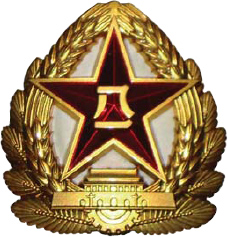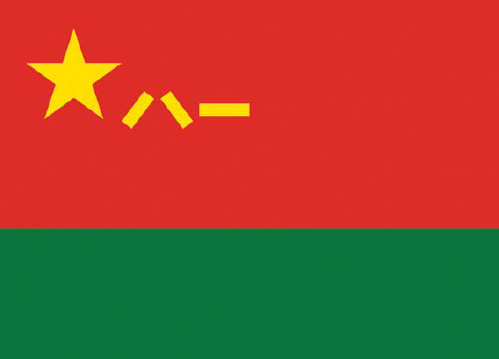Elite 194
The Chinese Peoples Liberation Army since 1949
Ground Forces
| BENJAMIN LAI | ILLUSTRATED BY ADAM HOOK |
Series editor Martin Windrow
CONTENTS
Origins of the PLA
Foundation of the Peoples Republic, 1949  first PLA deployments with UN forces takeover of Hong Kong and Macau the 2008 natural disasters
first PLA deployments with UN forces takeover of Hong Kong and Macau the 2008 natural disasters
Quasi-military roles 
Service dress: PLA PAP 
THE CHINESE PEOPLES LIBERATION ARMY SINCE 1949
GROUND FORCES
INTRODUCTION
The Chinese Peoples Liberation Army (Zhnggu Rnmn Jifngjn hereafter, PLA) is the armed wing of the Chinese Communist Party (CCP). It traces its origins to the Red Army of Workers and Peasants (Gngnng Hngjn) that was established by the Nnchng Uprising of August 1, 1927 by men of the Kuomintang armys 24th Division led by General (later Field Marshal) Zh D. August 1 is still regarded as PLA Day in China, and the emblems of the PLA still bear the Chinese characters for 8 (B) and 1 (Y), recalling the first day of the eighth month.
In the mid-1920s the Chinese communists were cooperating with the then-dominant political force in the country, the Nationalist Party (Kuomintang, KMT) led by Chiang Kaishek (Jing Jish), against various regional warlord armies. A series of disputes resulted in a split between the CCP and KMT, and the first battle between them in August 1927. The Nnchng Uprising saw the defeat of the pro-communist troops; Zh D then led them in a retreat to Jnggng Mountain, where they were joined by another defeated rag-tag army from the failed Autumn Harvest Uprising, led by Mo Zdng. To crush this communist guerrilla force the KMT established a series of encirclements, but the Red Army eventually broke out, and in October 1934 embarked on their historic Long March that was to end a year later in the mountainous desert plateaux of Ynn. These soon became a CCP-controlled zone and stronghold, despite continuous pressure from the Nationalist Army.
However, the Japanese invasion of northeast China in 1931, and the 1937 Marco Polo Bridge Incident, prompted the creation of a temporary united front by the CCP and KMT against the Japanese (though this truce was not universally observed by either side). During this time, the CCP established the Eighth Route Army and the New Fourth Army; instead of preying on the peasants like the armies of old, these forces drew support from the rural populations, and were able rapidly to expand their areas of control beyond Ynn. The KMT was soon faced with a two-front war on the one hand fighting the Japanese, on the other hand having to divert resources to contain the CCPs ever-expanding influence over large areas of rural China.
The current PLA Ground Forces cap badge, Model 07 uniform. Note the Chinese characters for 8 above 1 on the red star. (Authors photo)
The PLA Ground Forces flag, with an alternative presentation of the characters 8.1. The predominance of the gold star on red indicates the Chinese Communist Partys superiority to the army, represented by the green lower one-third of the field. (Authors photo)
The end of World War II in the Pacific in 1945 saw the start of the Chinese Civil War proper, and the Red Army was then renamed as the Chinese Peoples Liberation Army. It was able to take advantage of large quantities of leftover Japanese weapons and ordnance, and consequently its military capability expanded considerably, to include for the first time large-caliber artillery and tanks. The PLA progressed from guerrilla tactics to set-piece battles, such as the campaigns of Lionng/Shnyng (Laoshn Zhny, 1948), Huihi (Huihi Zhny, 1948), and Bijng/Tianjin (Pngjn Zhny, 1949). These campaigns, in which the PLA destroyed 173 KMT divisions and eliminated some 1.5 million Nationalist troops, essentially sealed the victory of the CCP. In September 1949, Chiang Kaishek escaped to the island of Taiwan with some two million supporters; he proclaimed Taipei as the temporary capital of the Republic of China, and continued to assert his government as the sole legitimate authority over all of China. On the mainland, the CCP, with Mo Zdng at the helm, established the Peoples Republic of China (PRC) on October 1, 1949.
In the more than half-century since then, the PLA has expanded from an ill-equipped, ground-only army into combined armed forces that include a potent nuclear capability and steadily growing naval and air services. In the early days the PLA drew its support from the Soviet Union and developed largely along Soviet lines; however, the split between the two communist powers in the mid-1960s saw China begin to embark on a self-modernization program, eventually acquiring equipment originating in Israel, the United States, Russia, Ukraine and France. Since the opening of China in the early 1980s the countrys economic success has also given the PLA a long-awaited opportunity to modernize its bloated organization, demobilizing almost a million soldiers in 1985. By the first decade of the 21st century the PLA has been transformed from a largely conscript army modeled on Soviet lines into an increasingly professional force more comparable to Western models.
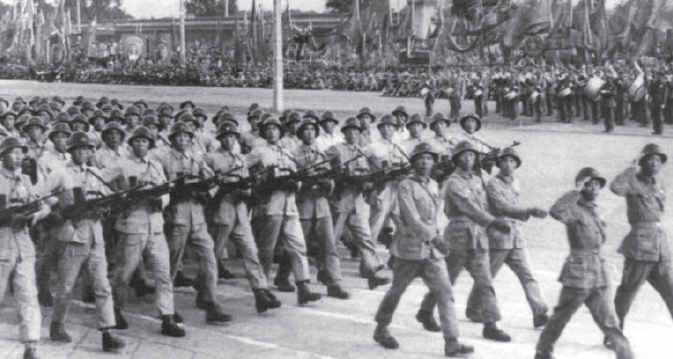
October 1, 1949: PLA soldiers march past during the first National Day parade in Tiananmen Square, Bijng. They wear captured Japanese steel helmets, and are armed with Czech-made ZB vz 26 light machine guns; at this date the PLA had a motley armory of Japanese weapons and those taken from the Chinese KMT, including Czech, US and even some British small arms. Note that they are marching in a conventional cadence the Soviet-style goose-step had not yet been adopted. (China Magazine)
See Osprey Men-at-Arms 463, Chinese Warlord Armies 191130
See MAA 306, Chinese Civil War Armies 191149
CHRONOLOGY & KEY EVENTS
1949, October 1 Establishment of the Peoples Republic of China.
1949, October 2527 PLA attempt to control Jnmn island (a.k.a. Quemoy) is thwarted in battle of Gnngtu (Gnngtu Zhy or Jnmn Zhy).
THE 1950s:
The Korean War, 195053
In October 1950 the Chinese Peoples Volunteer Army (PVA) entered the Korean War in support of North Korea, and its battle-hardened troops rapidly gained successes against the UN forces. As the war drew on, however, the lack of cold-weather protection and effective air cover, and weaknesses in firepower, caused the PVA to suffer severely. Despite material setbacks the PVA was able to hold the much superior UN forces to a stalemate, culminating in an armistice in July 1953. According to Chinese sources, China committed 1.9 million soldiers to Korea plus another half-million as combat replacements, giving a total of 2.4 million over the three years of the war. (If militias, mostly in rear areas, are included, the grand total of those serving during this period rises to 3 million).

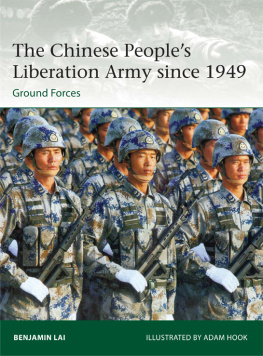

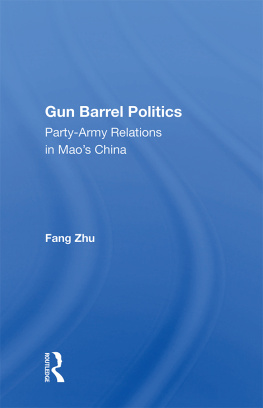

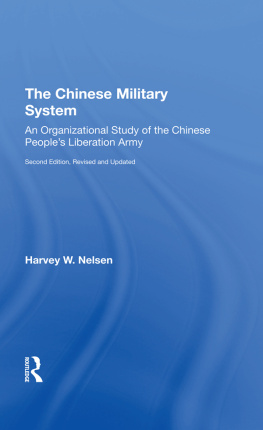
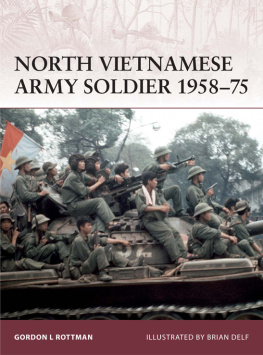
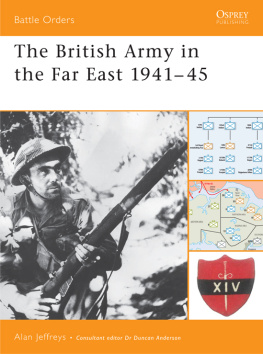
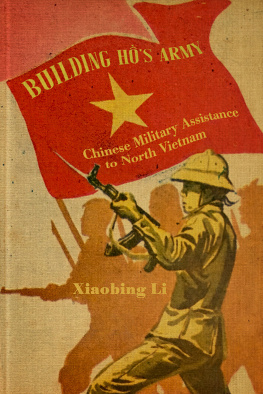
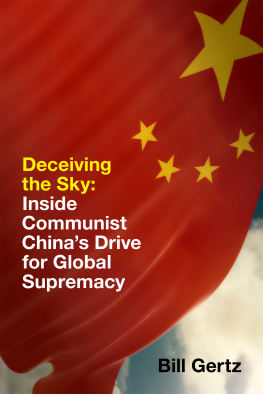
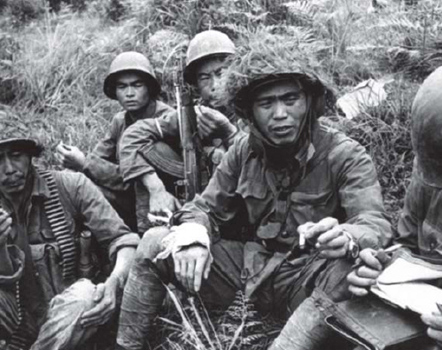
 first PLA deployments with UN forces takeover of Hong Kong and Macau the 2008 natural disasters
first PLA deployments with UN forces takeover of Hong Kong and Macau the 2008 natural disasters